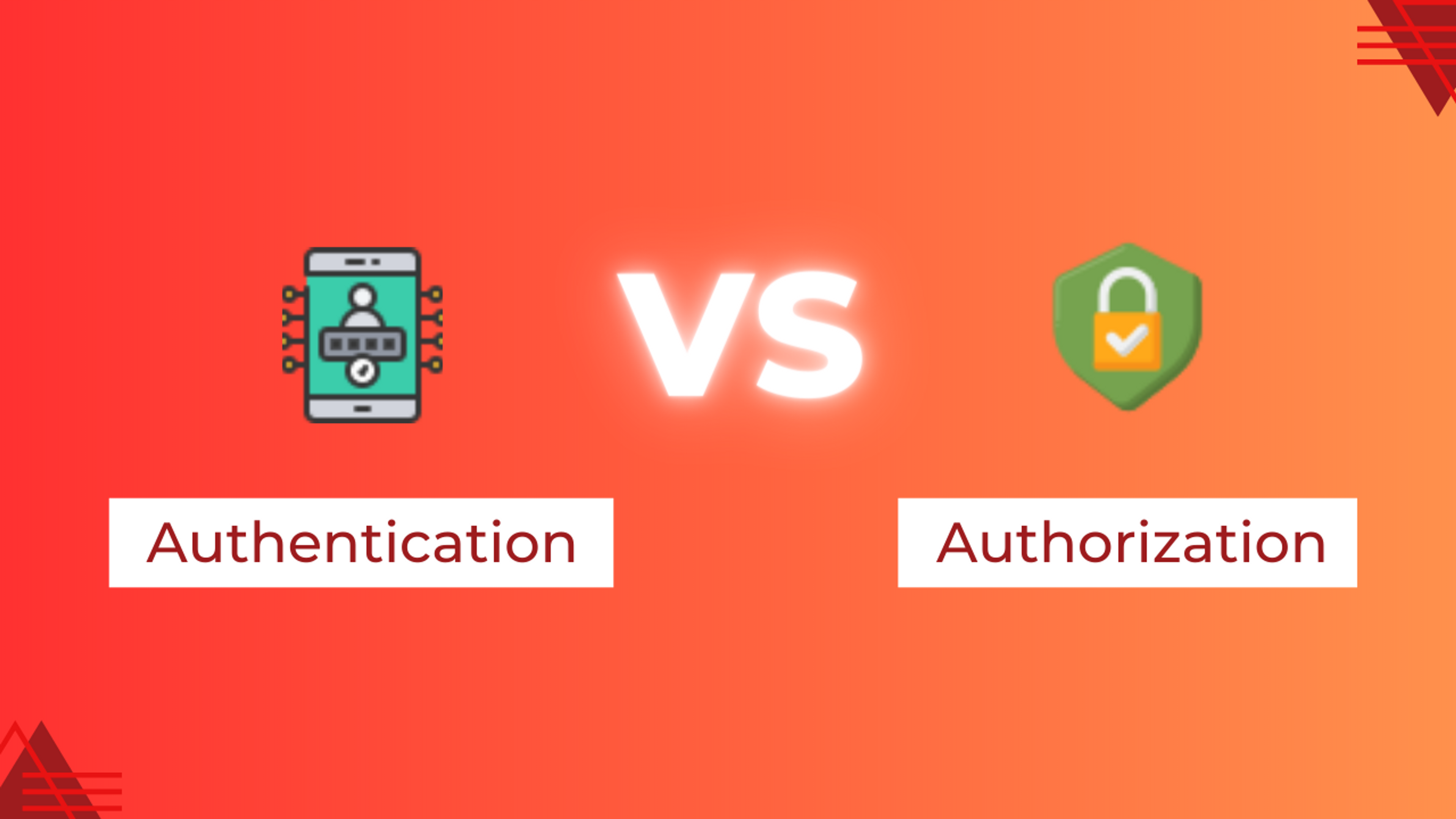Introduction
As an iOS developer, it is important to have a basic understanding of authentication and authorization concepts in order to ensure the security of your app and protect user data.
The main difference between authentication and authorization is that authentication is the process of verifying the identity of a user, while authorization is the process of granting or denying access to a specific resource or system based on the authenticated user's privileges or permissions. In other words, authentication confirms who you are, while authorization determines what you can access.
Authentication
Authentication involves verifying the identity of a user in order to grant access to an app or service. There are various methods of authentication, such as:
- Username/password authentication: The user enters their username and password to access the app or service.
- Biometric authentication: The user can authenticate using a biometric factor such as Touch ID or Face ID.
- Two-factor authentication: A more secure form of authentication that requires the user to provide a second factor, such as a code sent to their phone, in addition to their username and password.
- OAuth: A standard for authentication that allows users to grant third-party apps access to their data without sharing their username and password.
- Keychain: A secure storage mechanism provided by Apple for storing sensitive information such as passwords and authentication tokens.
Authorization
Authorization involves controlling access to resources, such as files or services, based on the user's permissions or roles. There are various methods of authorization available for iOS developers, such as:
- Access control: iOS provides a framework called Authorization that allows developers to define access policies and roles to determine which users or groups have access to certain resources.
- Roles and permissions: Developers can define roles and permissions for users, allowing them to restrict access to certain resources based on the user's role.
- OAuth scopes: Developers can use OAuth scopes to define the level of access that a third-party app has to a user's data.
- Privacy permissions: iOS requires users to grant permission for apps to access certain resources, such as the camera or microphone, in order to protect user privacy.
Finally, It is important to stay up-to-date with the latest security best practices and to continuously monitor and update authentication and authorization processes to maintain the security of iOS apps. Happy Coding!
About Ferdous Mahmud Akash
Hey there! I'm a self-taught iOS developer from Bangladesh.
I'm also passionate about sharing my knowledge and experience with other aspiring developers through my blog at ferdousmahmud.co
Thank you for visiting my website, and feel free to reach out if you have any questions or just want to say hello!
